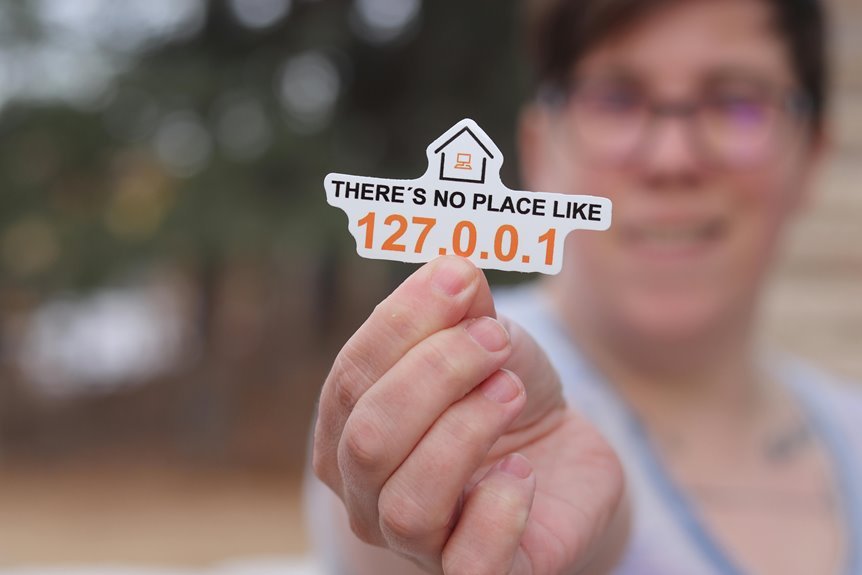1y8.1.1: Understanding IP Address 192.1y8.1.1

The IP address 192.1y8.1.1 presents a clear deviation from standard formatting. It features the invalid octet “y8,” which disrupts the conventional structure of four numerical segments ranging from 0 to 255. This non-compliance poses significant challenges for network configurations and communications. Understanding the implications of such an address is essential for effective network management. What consequences might arise from using improperly formatted IP addresses?
What Is an IP Address?
An IP address serves as a unique identifier for devices on a network.
It can be classified as static or dynamic; static addresses remain constant, while dynamic addresses are assigned periodically.
Additionally, IP addresses are categorized into private and public types, with private addresses used within local networks and public addresses enabling communication over the internet, safeguarding user autonomy and enhancing connectivity.
Breakdown of 192.1y8.1.1
The IP address 192.1y8.1.1 exemplifies a non-standard format that deviates from typical conventions. This address contains an invalid octet, “y8,” which disrupts proper network configuration.
Standard IP addresses consist of four numerical octets ranging from 0 to 255. Such anomalies hinder network communication and can complicate routing processes, ultimately affecting the overall functionality of networked systems.
Importance of IP Addressing
IP addressing serves as a fundamental component of modern networking, enabling devices to communicate over the internet and local networks.
Effective address allocation is crucial for efficient data routing and management. Furthermore, proper IP addressing enhances network security by allowing administrators to implement access controls and monitor traffic.
Common Misconceptions About IP Addresses
While many individuals recognize the significance of IP addresses in networking, several misconceptions persist that can lead to confusion.
A prevalent misunderstanding is that all IP addresses are static; in reality, dynamic addressing is common, allowing devices to change IPs frequently.
Additionally, some believe static addressing is always superior, ignoring scenarios where dynamic addressing enhances flexibility and resource management in networks.
Conclusion
In the whimsical world of networking, the tale of 192.1y8.1.1 serves as a cautionary fable. While some may embrace the allure of creative octets, the reality remains: networks thrive on standards, not fantasies. Invalid addresses, like mythical creatures, disrupt the harmony of communication, leaving network administrators to chase ghosts in the digital realm. Thus, let us celebrate the beauty of conformity in IP addressing, for it is the key to a functional and efficient network—no dragons allowed.




